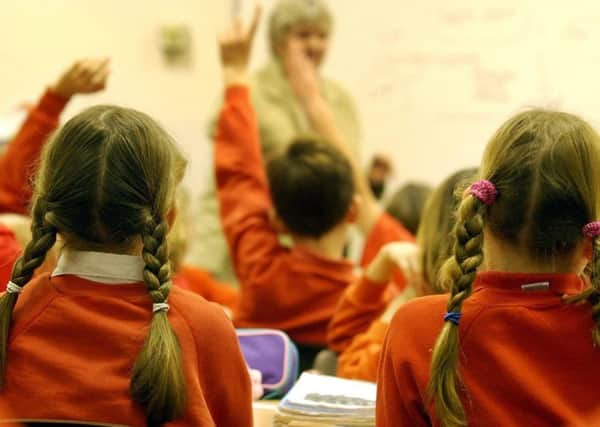More than 40% of Derbyshire's secondary schools inadequate or require improvement


Out of the 46 secondary schools in the area, 14 require improvement and six are inadequate, the worst rating for a school.
There are five rated outstanding, and 21 are classed as good, according to the latest inspections, as of October 31.
Advertisement
Hide AdAdvertisement
Hide AdOfsted, the schools regulator, inspects every new school within three years of opening.
Inspectors judge education providers on the effectiveness of their leadership, quality of teaching and learning, personal development and welfare, and the outcomes for learners.
If a school is rated as inadequate it will be re-inspected within 15 months, and between one and two years if it requires improvement.
Derbyshire has four fewer secondary schools which are inadequate or require improvement now, compared with five years ago.
Advertisement
Hide AdKevin Courtney, joint general secretary of the National Education Union, said there was “a link between the level of school disadvantage and the outcome of Ofsted inspections”.
Advertisement
Hide Ad“A report from the Education Policy Institute found that schools with more disadvantaged pupils are less likely to be judged good or outstanding, while schools with low disadvantage and high prior attainment are much more likely to be rated highly,” he said.
Mr Courtney explained that a high turnover of teachers, as well as struggles in recruiting specialist staff, contributed to this.
“Naming and shaming schools and labelling them through negative Ofsted judgements is entirely the wrong approach,” he added.
Advertisement
Hide AdOut of the 416 schools in Derbyshire, 24 are inadequate and 56 require improvement, which equates to 19%.
This is below the average for the East Midlands, which is 17%.
Advertisement
Hide AdIn Derbyshire, 14% of schools are outstanding, which is less than the East Midlands’s average, and 67% are rated good.
Across England, 21% of schools were classed as outstanding, 65% good, 11% requires improvement and 3% were ranked inadequate.
Advertisement
Hide AdA Department for Education spokesman said where pupils are not receiving a good education “we will not hesitate to take action, either through the offer of support or intervention, as appropriate”.
He continued: “There are 1.9 million more children in good and outstanding schools compared to 2010. This represents 86% of children, compared to just 66% in 2010.
“The number of schools that are rated inadequate or requires improvement has decreased since 2010, going down from 32% to 14% in March of this year.”
Advertisement
Hide AdOfsted said it would like to inspect schools rated as outstanding, which are exempt from routine inspections unless there is a specific concern about performance.
Advertisement
Hide AdA spokesman explained: “Some schools have now gone for 10 years or more without being inspected, leaving us with a blind spot about the quality of education they offer.
“We have been clear that we would like this exemption to be removed, and have asked the DfE to look at the policy again.
“We focus our resources where they can have the greatest impact, so schools with lower grades are inspected more frequently.”